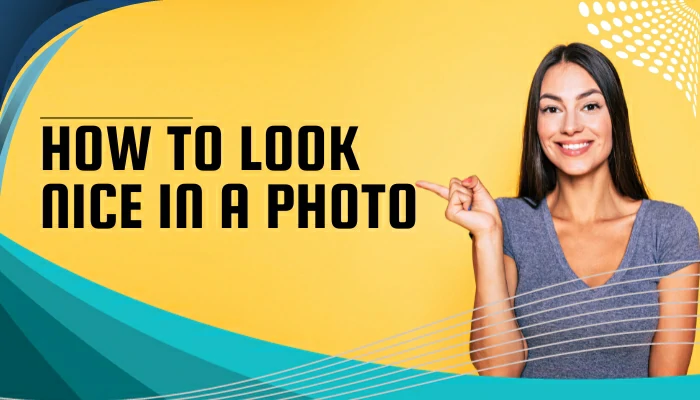Candid Photography: The Essential Guide

Candid photography shows a distinct appeal as it captures random moments, authentic emotions, and the genuineness of life’s candid occurrences. This all-encompassing manual will examine the fundamental aspects of candid photography, including its origins, significance, methodologies, apparatus, ethical implications, obstacles, and more.
What is candid photography?
Contents
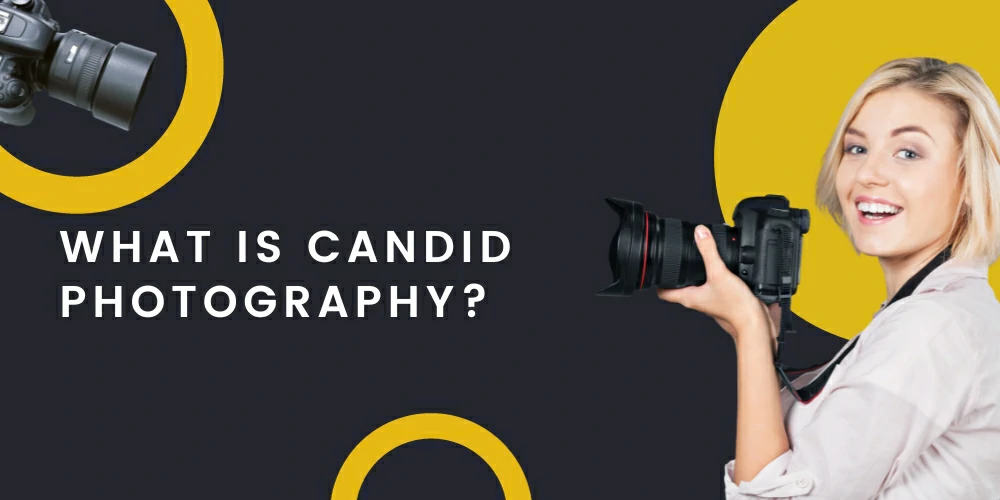
Candid photography, or street or documentary photography, involves discreetly and unobtrusively capturing subjects in their natural surroundings without arousing their awareness. Its objective is to depict untainted sentiments, authentic responses, and fortuitous events, mirroring reality in its most pristine state.
The Background of Candid Photography

The origins of candid photography can be defined as the early 20th century, during which Henri Cartier-Bresson and other photographers popularized the notion of documenting decisive moments. As time passed, candid photography developed into a renowned art form that displayed the unadulterated beauty of life.
The Value of Candid Photographs

Candid photographs are unintentional and taken without the subject’s knowledge or sometimes consent. They capture fleeting moments, emotions, and stories with an unparalleled allure. They glimpse genuine experiences by recounting narratives that verbal expressions sometimes fail to capture.
Candid photographs are often more revealing than posed photographs because they capture people in their natural state. They can show us how people interact with each other, how they express themselves, and how they react to their surroundings. Candid photographs can also tell stories, document events, or capture a moment.
Equipment Used in Unposed Photography
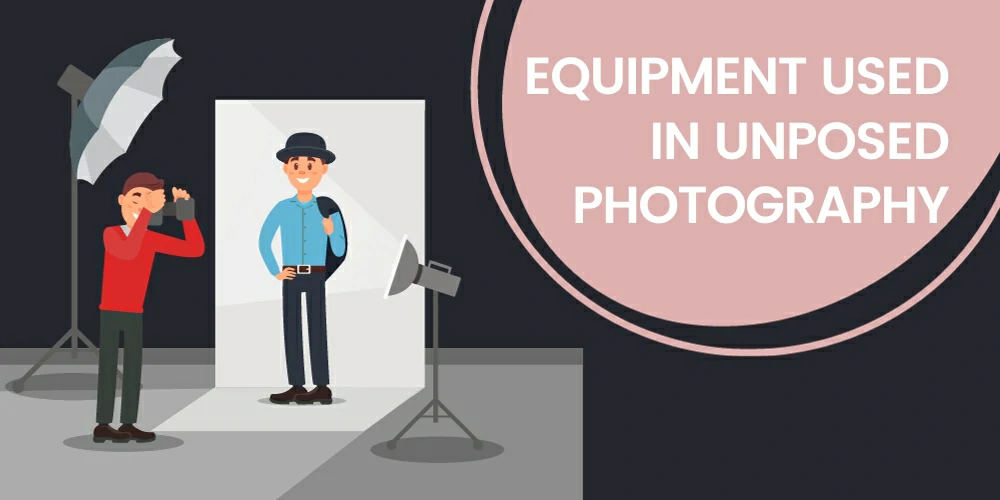
In the pursuit of candid photography, premium equipment is only sometimes necessary. Although professional cameras offer superior image quality, candid photos can be captured using smartphones and compact cameras. Prioritize portability, usability, and a flexible lens.
Techniques for Capturing Candid Moments

Capturing candid moments requires keen observation, foresight, and the capacity to merge imperceptibly with one’s surroundings. The following strategies will assist you in perfecting the art of documenting candid moments:
Capacity for Observation:
Develop the ability to observe your surroundings minutely. Observe interactions, expressions, and gestures. Unexpected candid moments frequently transpire; therefore, it is vital to maintain a state of perceptiveness and vigilance.
Fuse In:
To capture authentic instances, refrain from attracting attention. Adopt a non-obtrusive attire and utilize obscure camera equipment to avoid drawing attention. Unaware that they are being photographed, individuals are more likely to behave organically if they integrate into the setting.
Patience Is Crucial:
Genuine instances transpire without prompting. Be patient and prepared to hold your shutter button until the ideal moment arises. Rather than hurrying the process, allow the scene to develop organically.
Employing Natural Light:
Utilize natural light sources to enhance the authenticity of your photographs. Flash should be avoided, as it could detract from the natural atmosphere and attract unwanted attention.
Anticipate Behavior:
Anticipate prospective occurrences through comprehension of human behavior and context. This capacity for foresight enables one to anticipate and be adequately prepared to capture those fleeting yet significant moments.
Tips for Great Candid Shots

Maintain a low profile, interact discretely with your subjects, use natural light, and experiment with various camera angles. Rather than attempting to capture the substance of a moment through contrived poses, embrace spontaneity.
Anticipate Behavior:
Gaining insight into the context and conduct of one’s subjects enables one to predict events moments in advance. This expectation prepares you to take the most captivating photographs.
Use a Creative Frame:
Engage in composition and framing experimentation. You can enhance their visual appeal by incorporating leading lines, natural frames, or the rule of thirds into your candid photographs.
Implement Burst Mode:
Utilize the burst mode when the opportunity presents itself to instantly capture a succession of photos. This improves the likelihood of capturing an ideal candid moment amidst motion or fluctuating facial expressions.
Record Reactions Rather Than Simply Faces:
Not only do candid photographs feature faces. Reactions, body language, and gestures frequently convey a more nuanced narrative than a straightforward portrait.
Considerable Editing:
Aim to enhance the moment’s natural attractiveness while editing, not compromising its authenticity. Achieving minimal modifications to contrast, exposure, and cropping can significantly improve the impact of candid photographs.
Candid Photography Settings

Candid photography flourishes in environments that permit the organic descent of spontaneity and authentic moments. Congenial marketplaces, tranquil parks, teeming urban thoroughfares, and even intimate gatherings provide ample opportunities for candid photography. The crux of the matter is to exercise observation, assimilate into one’s environment, and patiently await those transitory instances that impart enthralling narratives.
How To Take Candid Photographs Without Drawing Attention
To master candid photography, one must become an invisible observer. This means blending into the background, dressing in a way that is not attention-grabbing, and avoiding any behavior that might draw attention to yourself. You should also use compact, hidden cameras or smartphones to document moments discreetly, without causing the subjects to feel uneasy or altering the scene.
Here are some tips for becoming an invisible observer:
- Blend into the background. Wear neutral colors and avoid flashy accessories. Sit or stand in inconspicuous places.
- Dress in a way that is not attention-grabbing. Avoid clothes that are too revealing or too tight. Stick to simple, classic styles.
- Avoid any behavior that might draw attention to yourself. Don’t talk loudly or make sudden movements. Be polite and respectful to everyone you encounter.
- Use compact, hidden cameras or smartphones to document moments discreetly. This will allow you to capture candid moments without the subjects being aware of it.
The Ideal Lens for Unposed Photographs
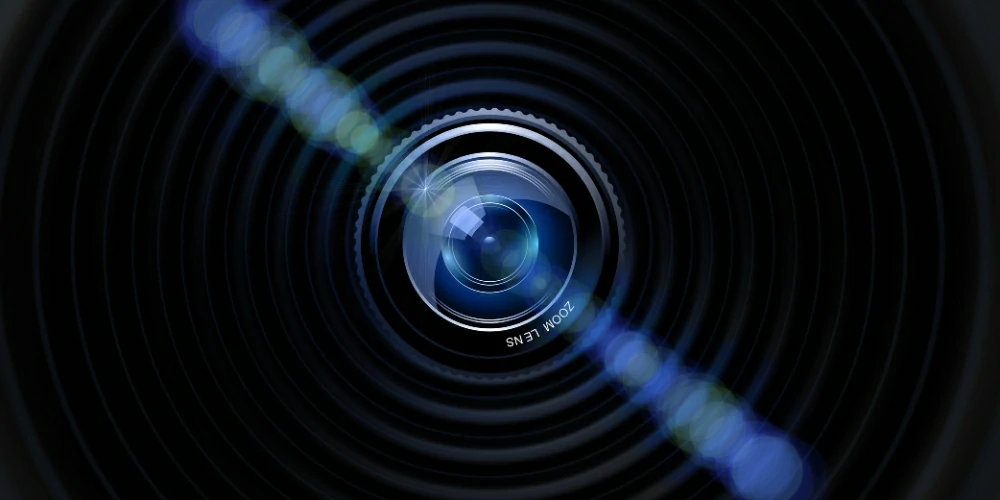
In candid photography, versatile lenses, such as prime lenses featuring wide apertures, surpass expectations. They are optimal due to their ability to capture fine details in low-light conditions and produce lovely background distortion (bokeh). Ultimately, however, the optimal lens is determined by the focal length requested and the photographer’s preference.
How to Capture Excellent Candid Photographs of Yourself
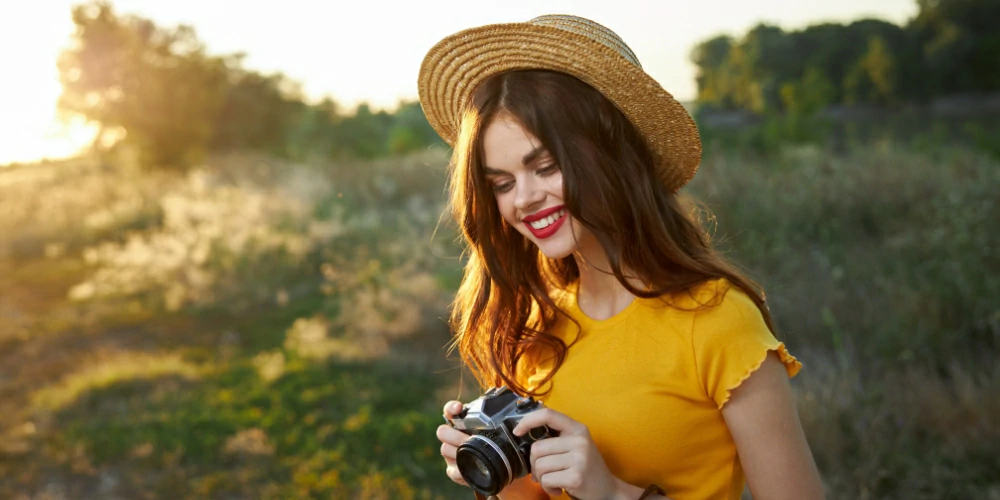
To capture genuine self-portraits, one must be inventive and strategic. Utilize the self-timer function or a tripod with a remote trigger to position your camera. Participate in experiences or situations that elicit authentic emotions or responses, enabling oneself to be fully engrossed in the moment without preoccupation with camera angles. Explore various compositions and angles to capture genuine self-reflection.
Step 1: Set the Scene: Choose a location that reflects your personality or interests. Whether indoors or outdoors, select a backdrop that adds depth and context to your photos.
Step 2: Use Remote Trigger or Timer: Set up your camera on a tripod and utilize a remote trigger or the self-timer feature to capture candid moments without being physically behind the camera. This allows you to act naturally without posing.
Step 3: Engage in Activities: Engage in activities you enjoy or moments that evoke genuine emotions. Whether it’s cooking, reading, or enjoying a hobby, immerse yourself in the moment to capture authentic expressions and reactions.
Step 4: Natural Lighting: Utilize natural light sources for a flattering and authentic look. Position yourself near windows or opt for outdoor settings during the golden hour for soft, appealing lighting.
Step 4: Experiment with Angles: Explore various angles and perspectives by adjusting the camera position. Tilt the camera, try different heights, or use unconventional angles to add visual interest to your self-candid shots.
After capturing the images go for high end post processing to make them even better. Image post processing is a life saver, but if you don’t do it in professional way it can back fire also. The color correction, shadow making and skin retouching should be flawless to make the image epic.
The Difficulties of Candid Photography
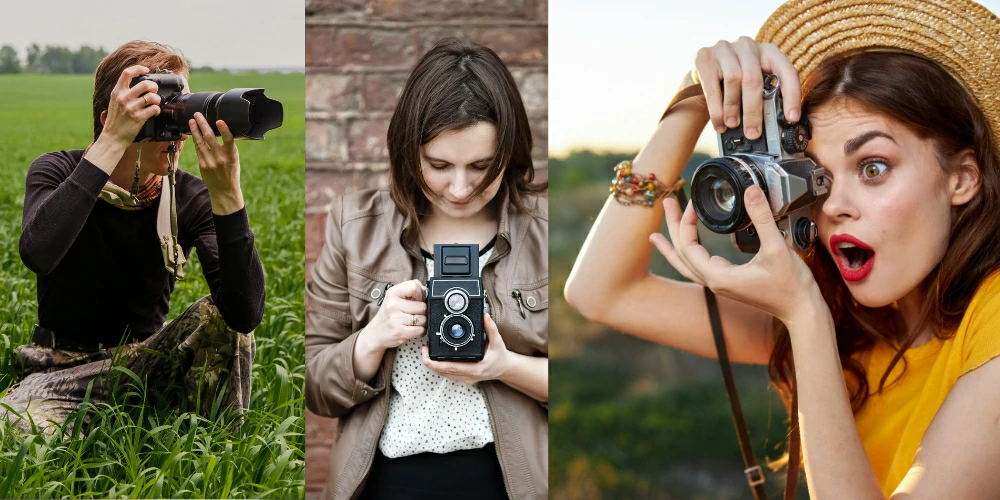
Effectively managing obstacles such as volatile surroundings, brief intervals, and technical elements like concentration and visibility necessitates the ability to adjust and react swiftly. Image editing is another tough task especially for candid photos. Because the processing of candid images are different from typical image editing. You can use filters but you can’t compare it with professional image editing.
To conclude,
Positive photography is incapable of capturing life’s beauty, rawness, and emotions as candid photography does. It entails documenting unplanned and unscripted instances, frequently conveying a more captivating narrative than posed photographs.
Possessing an acute eye for detail and the ability to rapidly evaluate a situation and determine the best method to capture the moment is essential for candid photographers. Additionally, you must be able to interact with others naturally and enjoy working in various environments.
FAQs
How do I surmount my reluctance to take photographs of strangers?
Begin your exploration of candid photography by capturing acquaintances or friends in natural settings. Expand your comfort zone gradually through practice in public spaces.
2. Is the possession of high-end equipment essential for candid photography?
Although professional equipment can improve the overall quality of a photograph, candid moments can be documented with portable and user-friendly devices or compact cameras.
3. What are the optimal parameters for candid photography?
Instances such as weddings, street scenes, events, and even mundane existence provide abundant prospects for capturing unguarded moments. Predicting and observing is crucial.
4. How can I ensure the integrity of candid photographs during the editing process?
By slightly modifying exposure, contrast, and color, it is possible to improve the captured moment without compromising its genuineness.
5. In what ways can I exhibit my candid photography?
Leverage digital platforms such as social media, photo books, and exhibitions to exhibit and distribute your candid photography, thereby expanding the audience reach of your moments.


